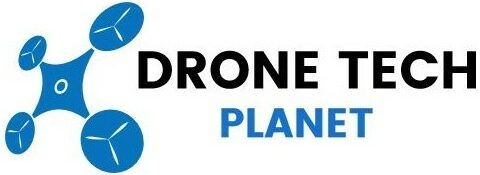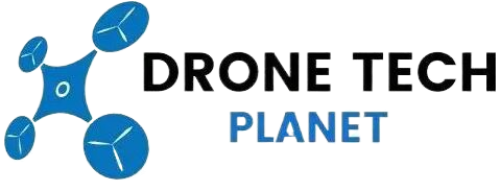10 Ways Drones Will Be Used in The Future
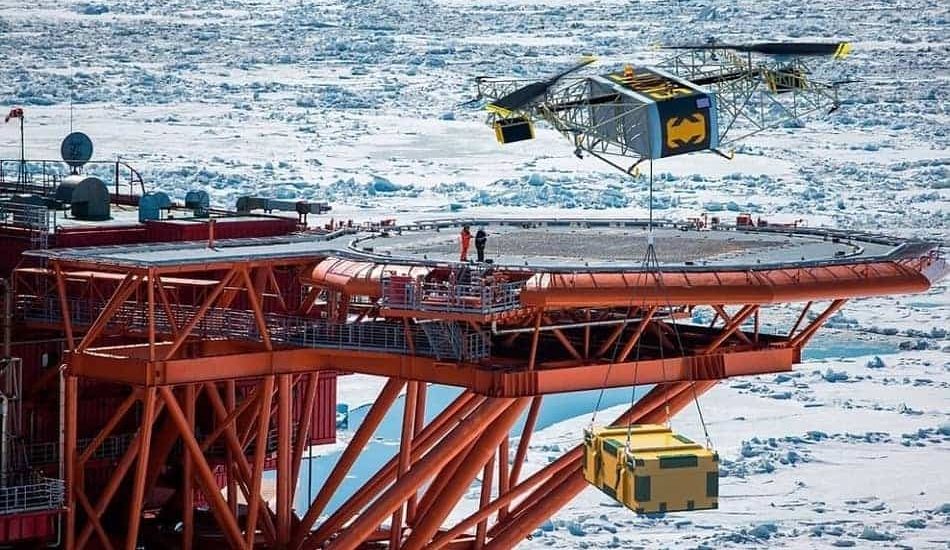
As the trend for the development and use of drones is on the rise, so is the diversity of commercial use of drones, which accordingly has two primary uses for civilian purposes. One is the use of drones for the gain of material gain, that is, for business purposes.
While the other is the simple recreation and hobby of certain sympathizers of the said technology. Investing in drone technology for personal gain is nowadays an increasingly common activity, as evidenced by some statistics on a global scale.
According to data, the US as the current market leader in the sale and use of civilian drones, is more than 100,000 new users were registered. The use of drones for commercial purposes to date recognizes the many different uses already in use and being tested, such as agricultural use, geo-mapping, inspection of various infrastructures, parcel delivery, and professional aerial photography. Below, we will describe the 10 ways drones will be used in the future.
„Drones overall will be more impactful than I think people recognize, in positive ways to help society.“
| Future Use of Drones |
|---|
| 1. Drone Delivery Business |
| 2. Agriculture Industry |
| 3. Drone Transportation by Uber |
| 4. Inspection of Commercial Aircraft Using a Drone |
| 5. Drone Lighting Show |
| 6. Use of Drones in Damage Assessment and Insurance |
| 7. Search and Rescue |
| 8. Surveillance Drones |
| 9. Sport & Racing |
| 10. Weather Forecasting |
1. Drone Delivery Business
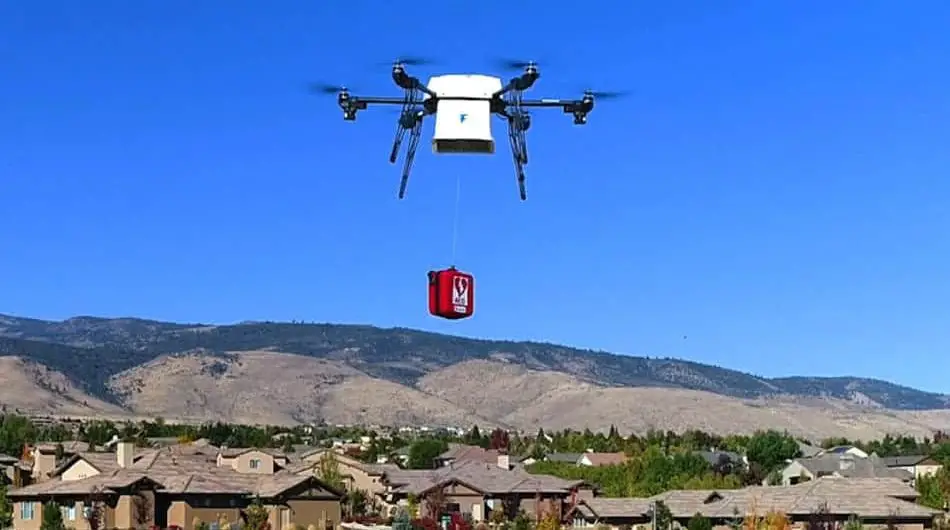
With the rapid rise of drone technology, the big tech giants associated with logistics and shipping like Amazon, Alphabet, and others, have recognized the potential for leveraging technology for profitable purposes, such as delivering packages they are currently dealing with.
In the future, most of the activities and jobs that need engaging people will be replaced by some technology and robotics, and so will the delivery of the package itself. It all started in 2016 when the first drone delivery in the world was made. Namely, it was Domino pizza delivery in collaboration with Flirtey, a drone technology company.
The pizza was ordered and delivered in Whangaparaoau, New Zealand, 25 kilometers from the capital city of Auckland. A team of drone handlers used an autonomous guidance function using GPS (Global Positioning System). Seeing the potential, Amazon immediately launched a worldwide package delivery program that would greatly reduce shipping costs for both the recipient and the sender.
> Get DJI Phantom 4 PRO HERE <
Amazon plans to deliver packages within 30 minutes via their Prime Air Delivery option, which would override the current „2 days“ delivery option. Like any business, this way of using drones for commercial purposes has its advantages and disadvantages.
The advantages of such a drone application in delivering packages are the reduced shipping costs for the sender and the recipient, the consumers would receive their packages much faster and more reliably, and the company and the shareholders would have a higher profit. In addition to the good sides, there are some downsides and drawbacks to the use of drones.
One drawback is the loss and shrinking of jobs for Amazon shipping people and the concern of consumers about their privacy, which is greatly diminished as drones would use cameras and GPS navigation to deliver packages to their homes.
There is definitely a future in shipping parcels worldwide using drones, but not as fast as we thought, mainly due to the many regulations and laws, the technical malfunctioning of technologies, and the acceptance by humans as consumers of such a delivery operation. For more info, about this, click here.
2. Agriculture Industry
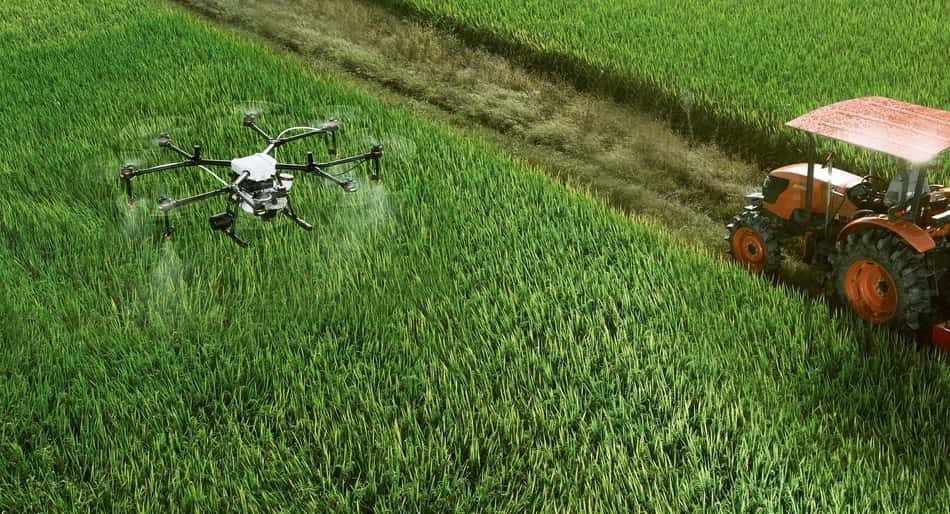
Agriculture is potentially the most important branch of industry and economy for the survival of all humanity. The evolutionarily unstoppable increase in population and the overall need for agriculture at the global level to end hunger will result in the need to increase existing agricultural capacity by as much as 70%.
According to the source, drones have the ability to execute perfect flight paths when recording given areas, and for the same needs, have the ability to gather a much wider range of information using different sensors. These sensors are crucial for the early detection of the disease, the amount of yield and the quality of the plants planted.
For this purpose, drones are distinguished by a more efficient observation performance at a lower cost and in a shorter time and with an accuracy greater than 99% with a constant wind component of up to 20 m/s. Crop planting is also an important aspect in agriculture, which has been reborn with the use of drones. Planting success is about 75%, and costs are reduced by 85%.
Drones plant crops on the principle of burning pills filled with seeds and nutrients needed for soil maintenance and development. Irrigation of the field and its treatment with pesticides is also extremely important for the development of healthy agricultural flora.
Using a variety of sensors, the drones calculate the distance and adjust their height according to the topography of the ground to then scan the soil and disperse the required amounts of fluid. The result is increased efficiency with reduced use of soil-polluting chemicals.
Irrigation and dispersion of liquids using drones is considered to be five times faster and more efficient than traditional techniques and machines. The current trend is that drones are becoming an inevitable tool in the treatment of crops, and as such, a tool still has room for progress and development in the future. Check HERE to check currently available drones in the market for agriculture today.
3. Drone Transportation by Uber
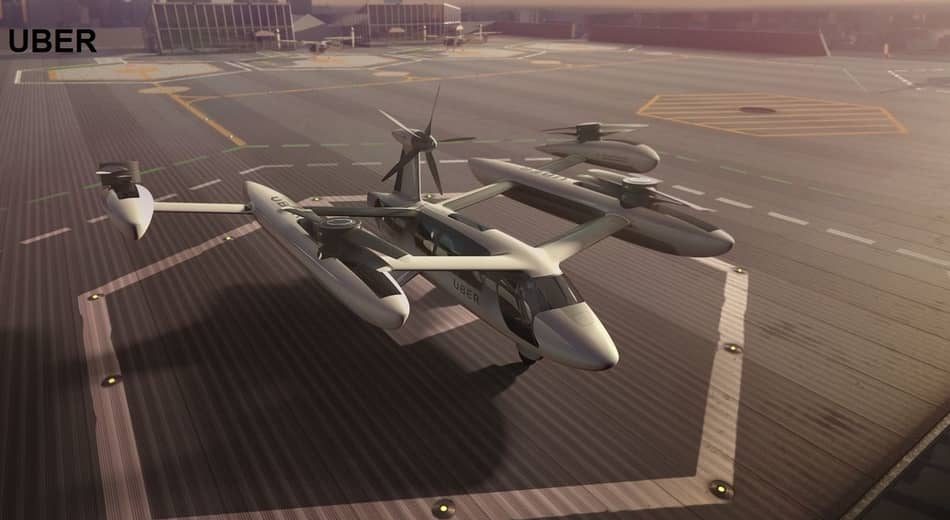
The company is one of the leaders in the world of Uber trucking and has partnered with NASA and the Slovenian company Pipistrel to realize an ambitious and innovative “flying taxi” project called UberAir.
The project is designed to provide a safe and efficient air transportation system for passengers using drones across crowded settlements and cities. The project was unveiled at the 2018 Elevate Summit in Los Angeles, where Uber presented a development plan.
The project aims to facilitate and optimize the transport of passengers in crowded urban areas with reduced noise and pollution. The project should begin testing in 2020 in US cities of Los Angeles and Dallas, where it is working promptly with national authorities to implement the UberAir project, which should have official use in 2023.
The take-off and landing operations are designed according to the VTOL (Vertical Take Off and Landing) principle and electric motors power the drones to minimize pollution and noise. Aircraft should be able to reach speeds of 240 km/h to 320 km/h, while their maximum range would be 100 km.
UberAir Drones will have to fly at altitudes of 300 m to 600 m above the ground. In the beginning of the project, it was envisioned that Uber’s “flying taxi” would have the capacity to accommodate 4 passengers with one pilot seat.
Once it is determined that such traffic in cities is safe, Uber will embark on traffic operations with planned autonomous drones with a maximum seating capacity of 6 passengers. At the start of its business, UberAir would cost service users $ 5.73 per passenger mile ($36 every 1.6 kilometers), while over time these prices would drop significantly and ultimately cost $ 0.44 per mile.
UberAir drone users will call the drones through the app, and boarding will take place at special locations that will be made under special conditions and regulations. The aforementioned infrastructures will be called Uber heliports. As a solution by the architectural firm BOKA Powell.
The building would be adaptable to the wind and can handle thousands of takeoffs and landings in an hour. The only items that could slow down the process of development and implementation of the UberAir project themselves are compliance with the legal regulations of certain countries and the trust of skeptical users towards the security of the service.
4. Inspection of Commercial Aircraft Using a Drone
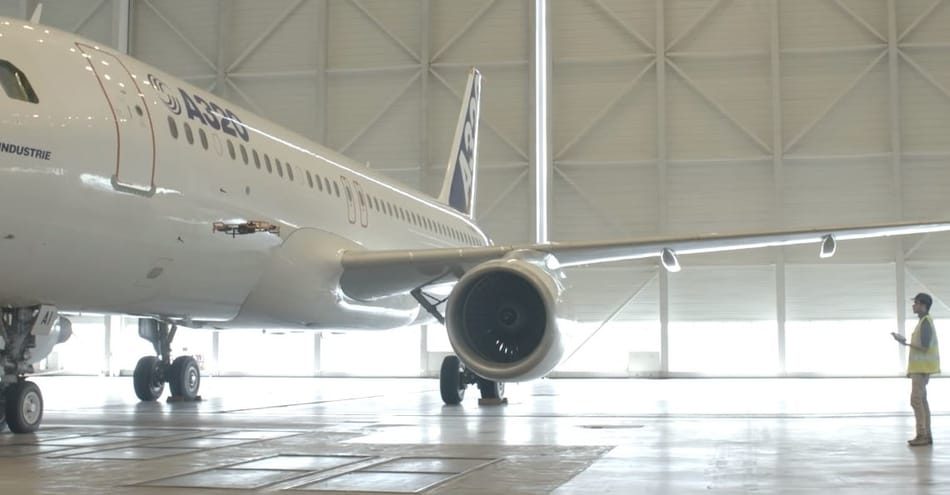
Another in a series of innovative ideas for commercial drone technology has found its use in commercial air transport. Boeing as one of the world leaders in commercial aircraft manufacturing. It uses drones to inspect commercial air transport aircraft and multiplies the efficiency of the necessary supporting activities to complement the airline’s core business.
Similar applications are also found with other air carriers such as EasyJet and Thomas Cook, which can inspect the complete formwork of aircraft in just 10 minutes for Airbus 320 aircraft. Each photo was taken at a single inspection of a very high resolution, extremely authentic, and repeatedly cleaner and sharper than the naked eye. check for the ability to view the photo multiple times.
The source also states that the advantage of this type of inspection is most evident in the high-quality perception of the severity of damage caused by lightning strikes in the formwork of the aircraft or some other similar damage.
Initially, the drone inspected by the aircraft will be operated by a trained engineer via a remote control to use autonomous function drones with pre-programmed inspection route trajectories in the near future.
Using built-in sensors, the drone determines the safe and optimal distance from the formwork of the aircraft to capture high-resolution photographs, which are then scanned in 3D (three-dimensional) resolution. The drone used in the test inspections is a 4 kg Rapid model with all its equipment and sensors.
A team of engineers at Blue Bear Systems working on the project are working to ease Rapid by another 2 kg so that he is as secure as possible regarding close inspections of commercial aircraft. It is only a matter of time before this type of aircraft inspection will officially begin its application as it is commonly known that “time is money”, especially in aviation.
5. Drone Lighting Show
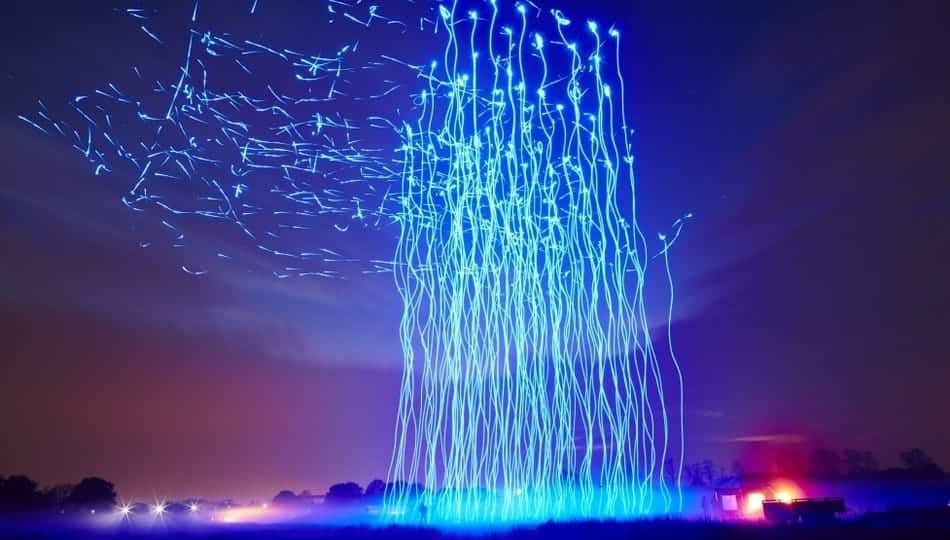
Advances in the field of drone programming for the purpose of coordinated autonomous flights, where each drone does not necessarily communicate with another drone but is independently programmed for certain maneuvers.
Intel states that in the 2016 experiment, a coordinated flight of over 500 UAVs was achieved in independent routes and without communication between the drones themselves, which was then the Guinness World Record.
Unlike standard rockets and disposable fireworks, these systems can be used repeatedly, in an almost unlimited number of combinations of designs, and with infinitely fewer resources consumed, considering the possibility of reusing such systems.
Such a lighting or advertising system takes precedence over the traditional method of pyrotechnic sky lighting in the form of reduced environmental smoke and reduced noise that directly affects the surrounding fauna and life.
Animals instinctively run away in disorientation during traditional fireworks, which can potentially endanger nearby traffic and adversely affect the animals’ physiology. As mentioned in the source, drones do not cause noise or pollute the environment with smoke and are not disposable.
The pioneer of this advertising and lighting system, Intel, uses Intel Shooting Star mini drones developed and manufactured in their workshop. Shooting Star is a 330g mini drone powered by 4 co-ordinated rotors.
The structure of the Shooting Star drone is based on Styrofoam and lightweight plastic and is equipped with LED (Light Emitting Diodes) lights required to perform a light show. It is possible to control many Shooting Star drones simultaneously through computers used by a professional who can combine more than 4 billion color combinations with built-in LEDs.
That computer has pre-programmed algorithms that control the choreography in the air and optimize the flight shortly before the performance. Shooting Star drones from Intel had one of the more notable roles at the 2017 US Super Bowl halftime show in Houston, Texas.
During halftime, 300 autonomously operated Shooting Star drones staged a performance for history that watched over 120 million people live and launched this kind of lighting system to the world stage. For more info about drone racing, click here.
6. Use of Drones in Damage Assessment and Insurance
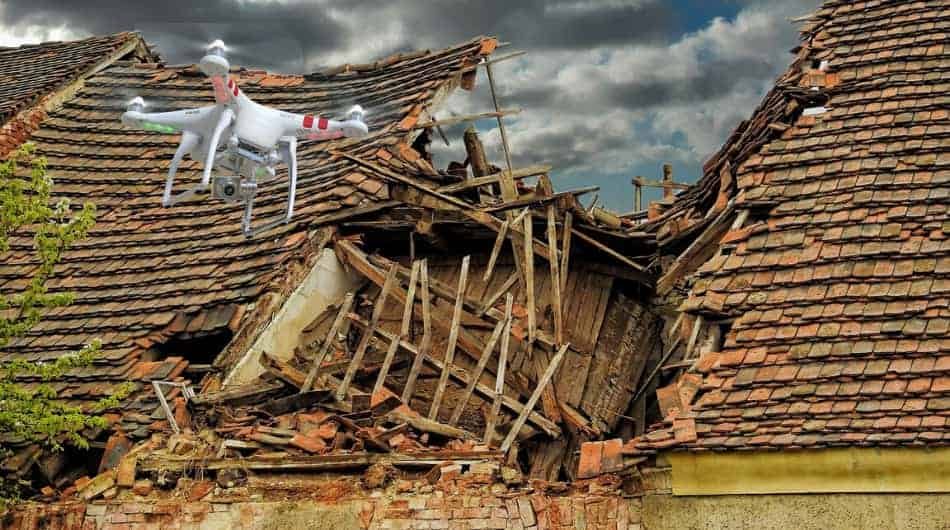
Damage insurance and insurance companies are among the top 5 markets worldwide that use drone technology to improve operations. Drones are most commonly used to assess damage to larger insured facilities such as homes, offices, and other building infrastructures owned by the insured.
The purpose of such application of drones in the aforementioned branch of business is a faster and more efficient inspection of the property after the damage occurred so that the damage assessment could be made as soon as possible and the insured paid and satisfied with the insurance company’s service. Applying a property inspection after the damage is not the only reason for using such technology.
Drones are also used to inspect property before signing an insurance contract to assess the risk of the assessed construction itself. In addition to the benefits mentioned in a more efficient and faster process of performing the damage assessment service, insurance companies also have savings because of the reduced need for workers who have traditionally performed this type of work.
The only restriction that can pose a problem for companies in using drones in this business sector is the regulation or the Law on the Use of Drones. In the United States, companies must comply with the FAA’s Small UAS Rule (Part 107) regarding the commercial use of drones, which requires mandatory drone registration and possession of a pilot’s license to operate it.
Strong winds cause frequent damage to family homes across the United States. Consequently, the roofs of houses are the most commonly affected parts, which are extremely important in the structure of the building itself, so it is of the utmost importance that such parts be inspected and repaired as soon as possible.
The traditional way of assessing the damage caused requires the arrival of the inspector at the site of the accident and his detailed inspection and notes over a long period of time, with the risk of possible injury to the inspector at the site of the accident due to the inaccessible parts of the building.
Using the drone at the same accident site results in a significantly reduced damage assessment time, and only a pilot who will manage the drone from a safe distance at the accident location is sufficient. This type of damage inspection and assessment is three times faster than the traditional one, meaning that the usual 2 to 3 inspections per day are climbing 9 possible inspections per day using a drone.
7. Search And Rescue
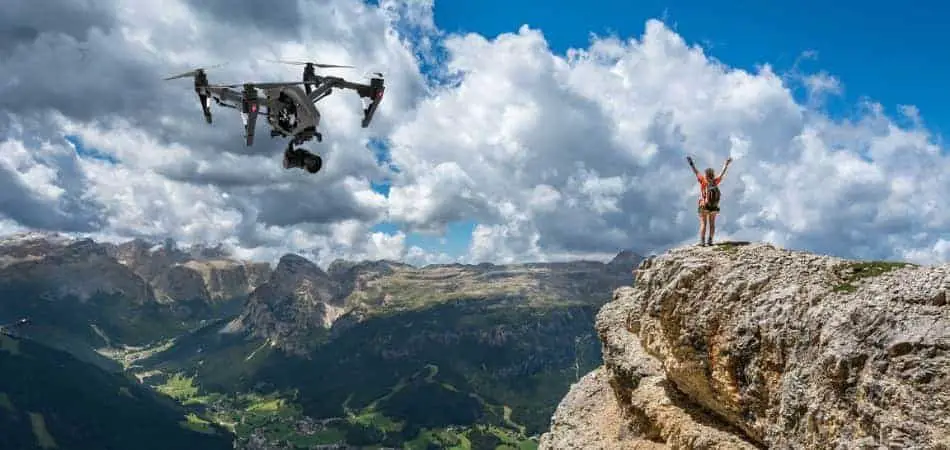
Maintaining citizen security is a complex system in which various civilian and military organizations participate. Constant efforts are being made to ensure the highest possible security for citizens without any danger.
Therefore, in the future, we can expect increased use of drones for faster, better, and cheaper search and rescue missions. Aerial view has a much better advantage of collecting and analyzing the data taken from sky than from the ground, while using a helicopter is very expensive and impractical in most cases.
Using drones also reduces environmental pollution. Drones are nowadays used in significantly smaller ranges in fire detection, extinguishing and marine rescue. Currently, the only drawback of using drones in search and rescue missions is the short flight time, which is about 25 min for most drones.
But when this problem is eliminated, drones will no doubt replace the classic ways of search and rescue missions and, with a much higher percentage, resolve such cases. With use of drones you can control the sites you use, the scenario you’re using and the number of people you’re using.
Also, you can collect data at a specific time, getting a neat, clean, robust, valid set of data. You can utilize the drone regarding terrain and the resources on the ground. The advantages of using drones in search and rescue missions are in the safety and ability to plan and predict search paths and search patterns better, and ultimately in enhancing the ability to understand the decisions you need to take for search and rescue. If you are interested in 10 Ways Drones Can Save Lives, click here.
8. Surveillance Drones
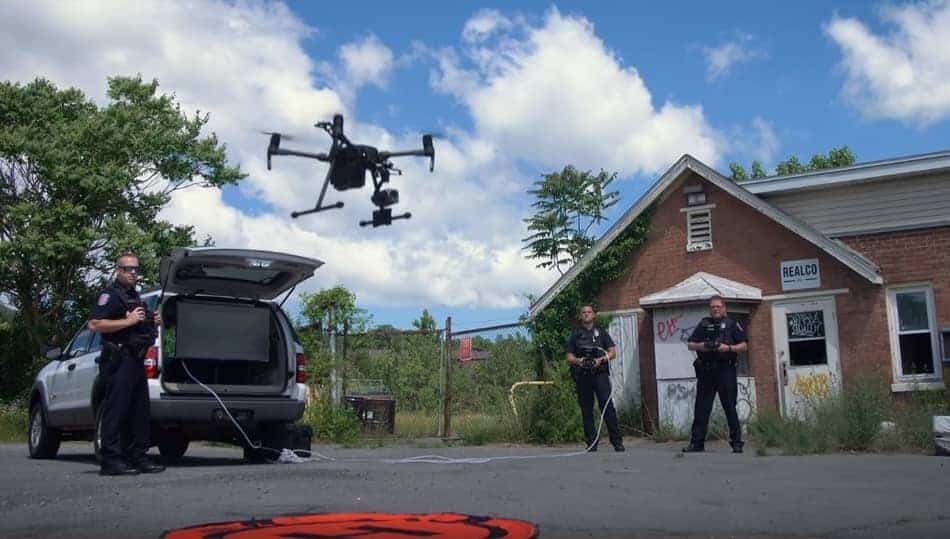
The future use of drones will certainly be used for surveillance and communication. The military has been using drones for surveillance for quite some time. Police are already using drones to give them a better view of traffic streets and an advantage in capturing fugitives.
Also, when it comes to a hostage crisis, special police use small mini drones for reconnaissance, sending them inside the area where they are taking place so they know exactly how to proceed. Currently, the FAA has strict rules regarding using drones in open and populated areas, and there are many people.
So, one potential problem that needs to be addressed is taking real-time photographs and videos. This gray area will cause a lot of controversy in the future. One of the interesting models that is currently used for surveillance is the Scanner Drone. This drone is technically a quadcopter, flying for around 11 minutes per charge.
It’s made of carbon fiber and has a typical DJI light controller. What is expected in the near future is that drones have the ability to recognize faces, thus facilitating the identification of people and criminals. Many startups will compete in a global market for commercial applications of drone technology, including this one for surveillance, valued at $127 Billion.
These companies dealing with surveillance will have to work with several government agencies, public safety, and private sectors. If you want to know police can use drones for surveillance today, find out here.
9. Sport & Racing
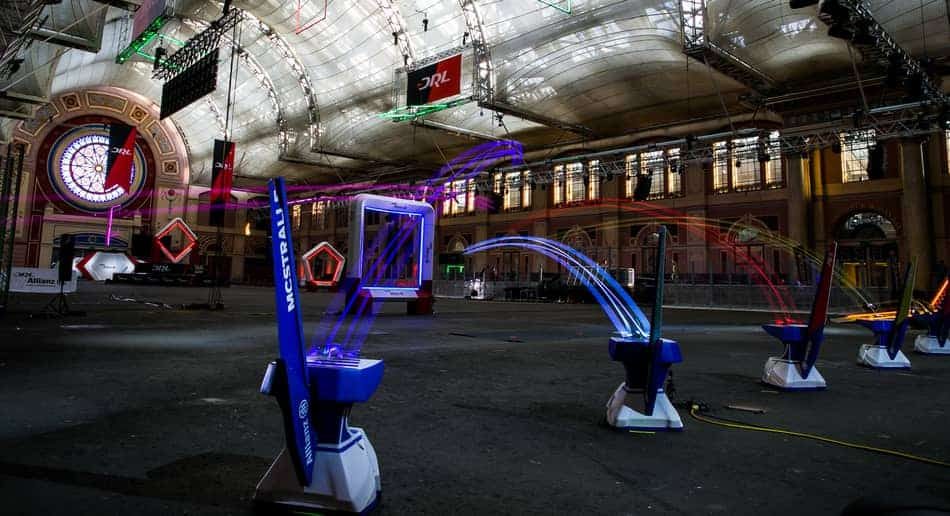
We can say for sure that drones are fun. So incorporating drones into a sport is certainly not a bad idea, especially when we add FPV (First-person view) googles to it. A sport that can be expected with drones would be something like a Star Wars chase, and it would only be a matter of time before popularity would rise to levels like F1 racing today.
The drones would fly a few feet above the ground, moving at 60 miles per hour. What’s interesting about this sport is that it takes quick reactions and hand-eye coordination to race. Drone racing already exists today, and drone enthusiasts have been involved in the sport for some time.
For now, there is the Drone Racing League (DRL), which has incredibly talented pilots and engineers who create better and faster drones than they are in commercial use.
DRL has over 10 million fans worldwide, and that number could increase dramatically in the near future. What is expected in the future are major sponsorships so that this can grow from a hobby sport to a professional sport.
However, drones would race and fight each other, such as robot robots. Therefore, in the near future, we can expect a really big development of this industry and this sport. This sport also requires the top tactics that drone pilots need to dodge and bend over the many obstacles on the course.
Every track like this in F1 races is different, carrying different obstacles that pilots must overcome. I also wrote about Drone Racing as a sport, for more info you can check here.
10. Weather Forecasting
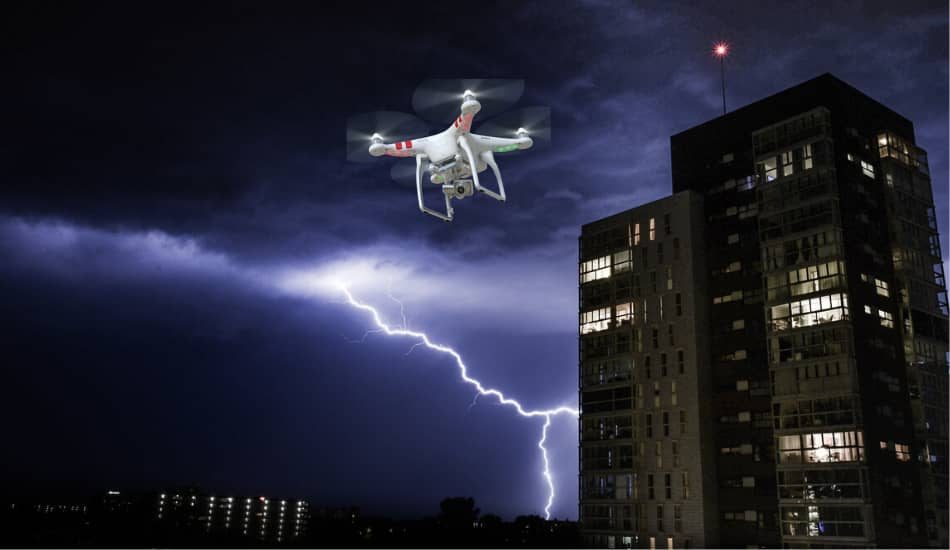
Drones will certainly play a big role in forecasting weather and conveying information. Drone technology is constantly moving forward, and their ability to collect different data is increasingly effective.
Drones are considered better at weather forecasting than conventional methods used today, and now we will explain why this is so. Data is collected today through radars, satellites, and weather balloons surrounded by storms, and they collect as much data as possible. But there is always a hole in that data, and drones can fill that hole.
This would allow scientists to be surrounded by real-time data they could not reach. For this, they had to send vehicles or planes with people, and now they can send drones doing identical work at a much lower cost.
Due to these real-time data, drones will be better able to predict weather, and weather forecasting will be even more accurate than before. Also, with the help of this data, scientists will be able to investigate better and predict weather conditions, and get a clearer insight into why storms develop.
The important thing is that storms could be predicted much sooner and up to 1 hour in advance, unlike now, where it currently takes 10 minutes to predict. This could save thousands of lives. An example is NASA, which used the UAV in 2016 to investigate Hurricane Matthew, which occurred in Florida.
The UAV then dumped 5 sensors into the hurricane and monitored parameters such as temperature, pressure, speed, and wind power. That drone was specifically made for that hurricane. Drones certainly have a lot of untapped potential in the meteorological industry.
Conclusion
Drones are in the midst of the biggest take-off of technology-required components since their inception. These advances are seeking to benefit many emerging industries. It can be concluded that there are huge expectations from the drone industry in the near future and that the greatest shift is expected at the moment when proper communication between the autonomously controlled drones will be achieved so that they can be positioned relative to each other, thus ensuring the highest level of security.
According to many predictions from the world’s top experts and agencies, the daily use of drones will become the basis for successful business of all types of industries and business facilities. Drone technology will slowly but surely replace man and the human factor in certain activities, jobs, and activities for which only man himself was primarily responsible until then.
Undeniably, drones will greatly improve the quality of life of humans and completely change the world as we know it today. There are so many possible changes in the world, using drones daily, besides the good sides and the less good, because of the possible violations of human freedoms and privacy and the impact on the most important aspect of human life, its security.
Namely, the global distribution of drones and their technology seems inevitable, so it is necessary to be well-prepared and ready to face such a change in the world and ultimately make the most of it. To stay in touch with new drone technology, check Anuj’s Feedspot of Top 100 Drone Blogs by clicking here.
